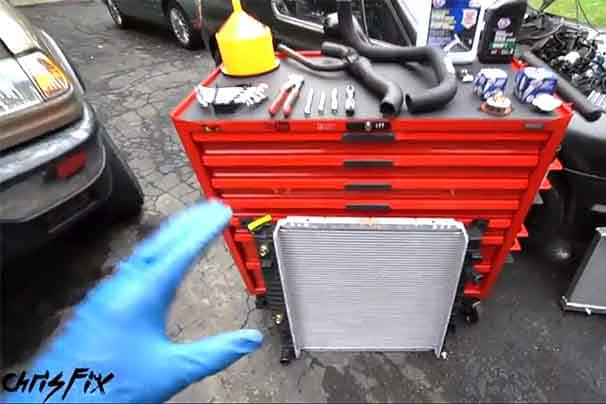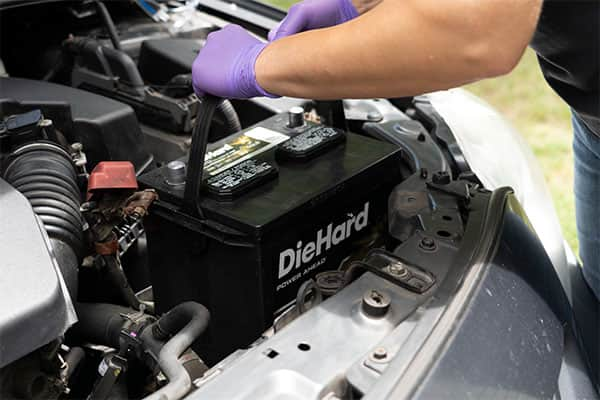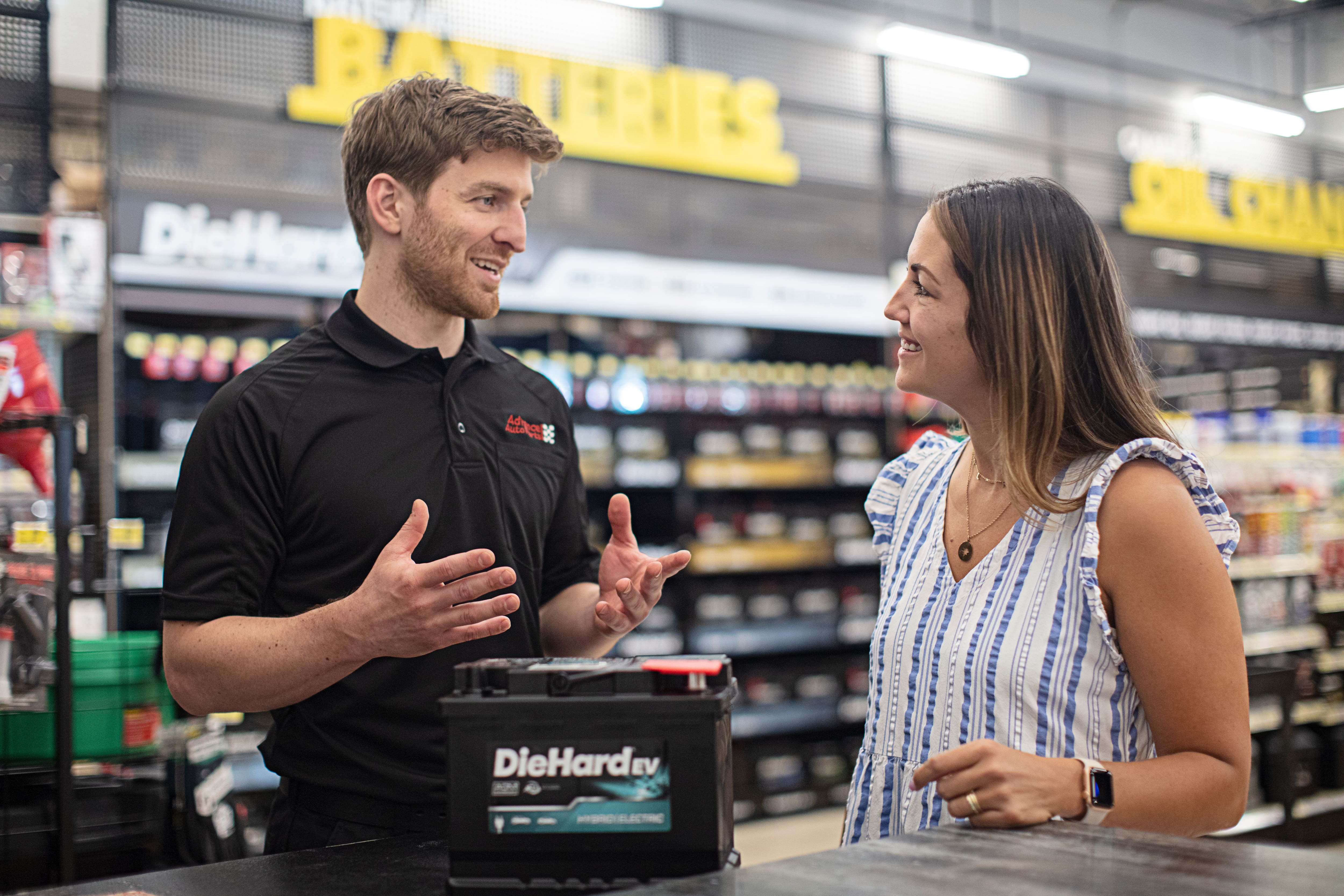Police cars, rentals, ambulances and taxis. These are the vehicles that get beat in daily use and often see severe service. How do professionals maintain these vehicles so they remain reliable, and what's their advice for the average vehicle owner? Here's a look at how to maintain your ride like a pro.

Source | Patricia Jekki
Pro maintenance vs. home maintenance
“The biggest difference between someone's home garage and ours is that we have a structured service program," said Mike White, fleet superintendent for the city of Norman, Oklahoma. White oversees a fleet of almost a thousand vehicles and equipment for the city, including gas, diesel and compressed natural gas engines.
White said fleets and professionally maintained vehicles never miss their maintenance schedules. “As the owner of vehicles at home, you probably don't run a report every month to see what types of service intervals are due for your vehicle," he said. “Sometimes with your vehicles at home, if you have three or four of them, you might lose sight of what needs to be done to your vehicle when you're caught up in everyday life. We don't fall behind on maintenance."
Hundreds of fleet vehicles means the need for qualified technicians to diagnose and service the fleet. “We have 13 technicians, we are an ASE Blue Seal certified shop, so we do have people certified and qualified in different areas of fleet maintenance," said White. “Some are certified for air conditioning, transmissions, and others are in electrical. We have each area of expertise we need covered."
What is severe service?
Hopefully, you read your owner's manual and follow the maintenance guidelines. Still, you may not be following the right service schedule. Professional vehicles, from police cars to Uber drivers, and many daily drivers, need professional treatment and a severe service schedule. If you live or regularly drive in hot temps, take short trips, tow, are stuck in stop-and-go traffic or live in a mountainous region, you probably need the severe service schedule. Among other services, this means a shorter length of time or miles between oil changes.
“We go by severe duty schedule," White said. “Any vehicle in a fleet application is in a harsher operating environment than like you and I would treat our vehicles. It's not that [drivers] treat the vehicles badly, it's just they're out there working 8 to 10 hours a day, hauling heavy loads, and in harsher conditions."
The NYC Taxicab Factbook shows that taxi drivers and Uber contractors can see over 70,000 miles per year. Compare that to the US Federal Highway Administration's annual average of 13,476 miles driven, and you can easily see the need for increased maintenance in fleet vehicles.

Police Car | Getty
Common maintenance problems
Those extra miles and harsh conditions cause common problems in fleet vehicles. White said he sees a few common maintenance trends. “On the heavy-duty side, hydraulics can be a challenge to keep up with. There's lots of moving parts, hydraulic hoses, valving, things like that keeping the hydraulics going on sanitation vehicles."
“Things like police cars, I'd have to say it's the suspension-type work. The cars are taken up to high speeds, corner hard, carry heavy equipment. Struts, brakes, things like that are very common. The rack and pinion, they're all very common parts to replace on a patrol vehicle."
Maintain your ride like a pro
If you're slinging pizzas or working for other delivery services like Postmates, driving for Uber and other rideshare services, or even just commuting to work, you might need to change your service schedule and maintain like a pro. White, a self-proclaimed gearhead, said he uses what he's learned on the job at home with his personal vehicles.
“Study your owner's manual," he said, and follow its recommendations for service schedule. If you don't have a manual, you can get a factory replacement from the dealer. Even better, pick up a more detailed and step-by-step guide in the form of a repair manual.
“I set reminders up in my phone," said White. “What I need to do, like oil changes in my calendar, things like that. Because I do mine at home, by time or by miles." Phone alerts mean never running past a service interval. Several other apps are available to help you stay organized.
“Also, I keep a folder for each one of my vehicles, either paper or digital," said White. “Whatever you're more comfortable with. I keep all my documents from oil changes, so I can easily see when my next one is due. I keep a spreadsheet at home listing when I changed the oil, the mileage, what oil was used and what other maintenance I performed. If you eventually sell [that vehicle], from a marketing perspective, having those records is a huge plus." This kind of meticulous attention to detail can mean buying a former fleet vehicle gets you a well-maintained bargain.
Finally, the fleet superintendent said that it is cheaper and easier not to wait until the vehicle is broken to think about maintenance.
“Try to be proactive and preventative with your maintenance, not reactive."
Do you maintain your vehicle according to the severe service schedule? Ever worked with police cars, taxis or delivery vehicles? Tell us about it in the comments below.







